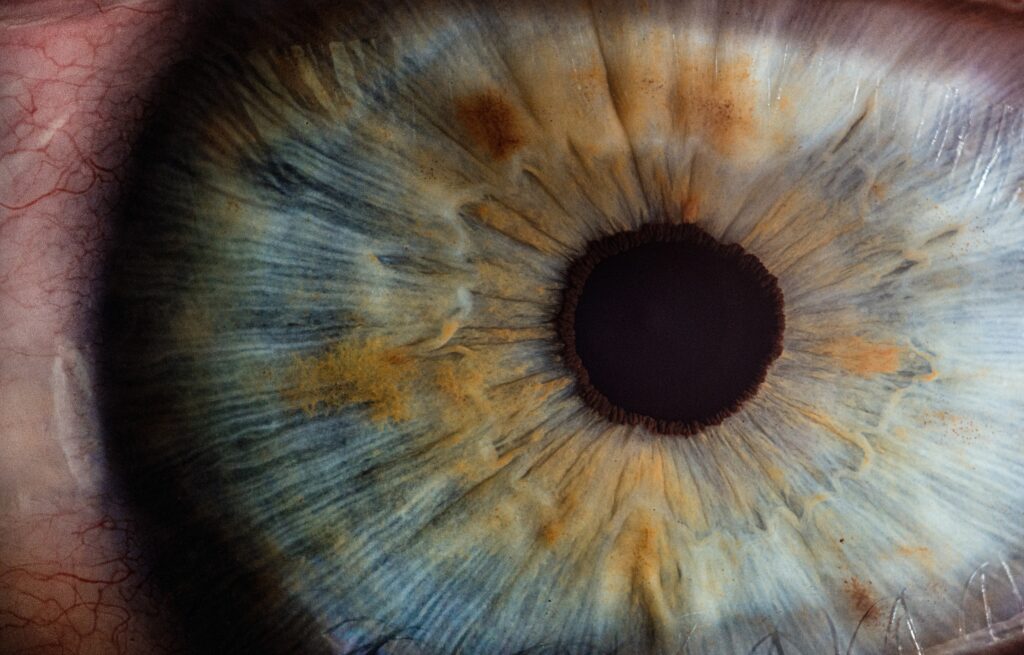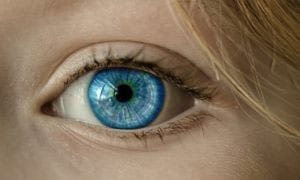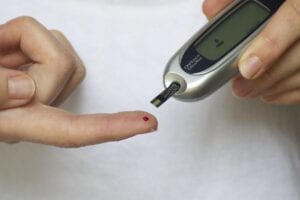Since its development and approval, Vabysmo has been a game-changer in the ophthalmologic space. The injectable VEGF and Ang-2 inhibitor treats diabetic macular edema (DME), macular edema with retinal vein occlusion, and neovascular (wet) age-related macular degeneration (wet AMD). Over 400,000 people globally have been treated with Vabysmo as of January 2024. But how safe and effective is the treatment for long-term use?
Clinical Trials Arena announced that healthcare company Roche recently shared four-year data from the RHONE-X extension study, which sought to answer the above question. The study included 1,474 individuals with diabetic macular edema. All enrolled individuals previously participated in the Phase 3 YOSEMITE or RHINE clinical trials. Roche found that, within a four-year period following treatment, vision improvements were durable. Individuals had improved visual acuity. On a physical level, Vabysmo contributed to reduced retinal fluid.
In fact, within the follow-up period, researchers found that 90% of treated individuals experienced an absence of diabetic macular edema. To Roche, this highlights the more concrete benefits of this treatment and establishes Vabysmo as a beneficial standard-of-care for this condition.
Educate Yourself: Diabetic Macular Edema (DME)
If you have diabetes, you’re at risk of developing diabetic retinopathy and diabetic macular edema. Diabetic retinopathy occurs when high blood sugar damages the retina. Your retina contains millions of light-sensitive cells that interpret light and translate it into vision. When small blood vessels near the eyes become blocked, vision is inhibited. Diabetic retinopathy may also cause blood vessels to leak fluid into the macula. DME occurs when the macula swells in response, further inhibiting vision. An estimated 1 in every 14 people with diabetes develop DME. Your risk is higher if you’ve had diabetes for longer, or if you’re older in age. Signs of DME may include:
- Blurred or double vision
- Dark spots in your field of vision
- Floaters
- Straight lines that appear curved or bent
- Reduced color vibrancy or difficulty seeing colors
- Difficulty seeing when there’s a bright light
If you have diabetic macular edema and need someone to speak with, consider joining this helpful Facebook group.







